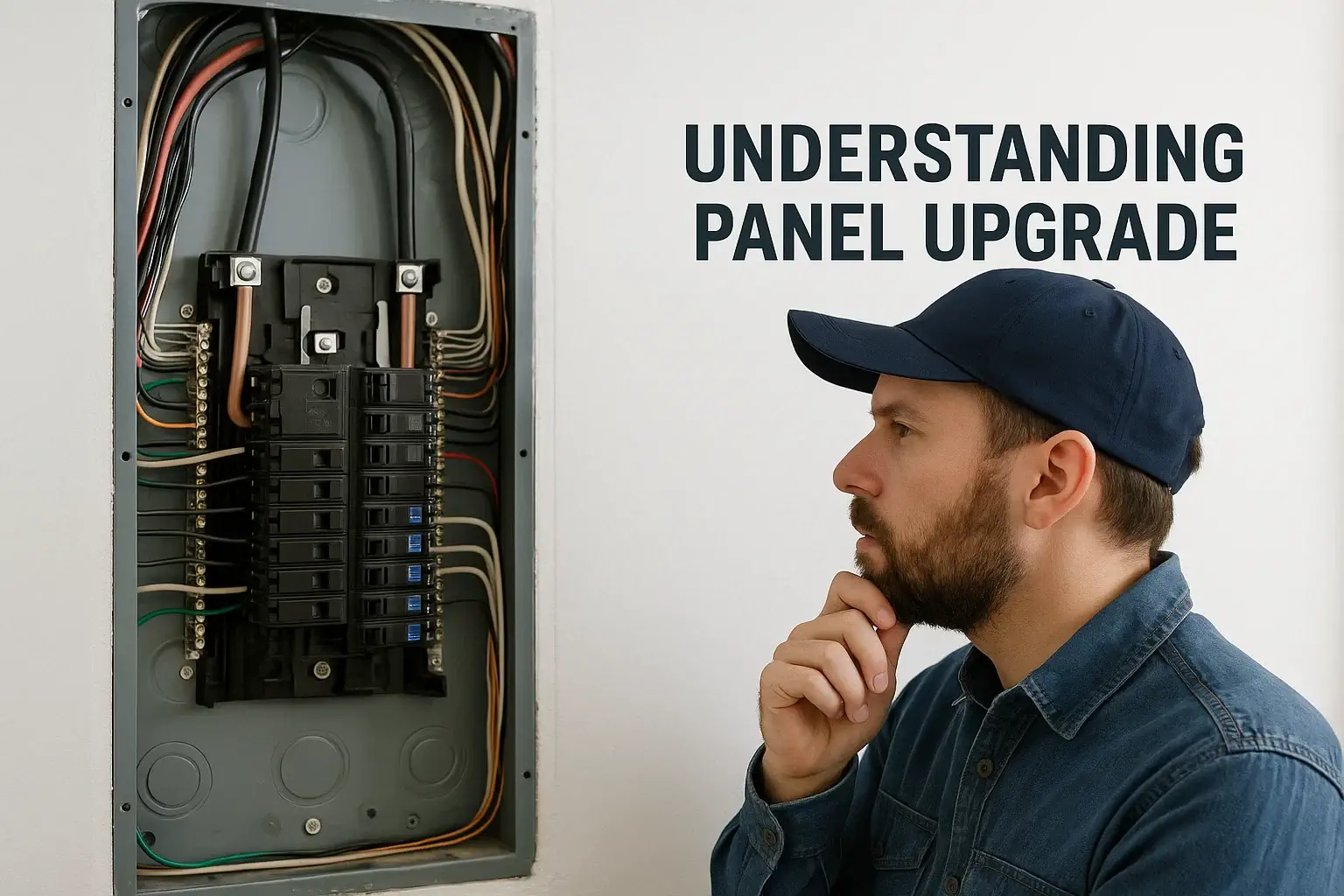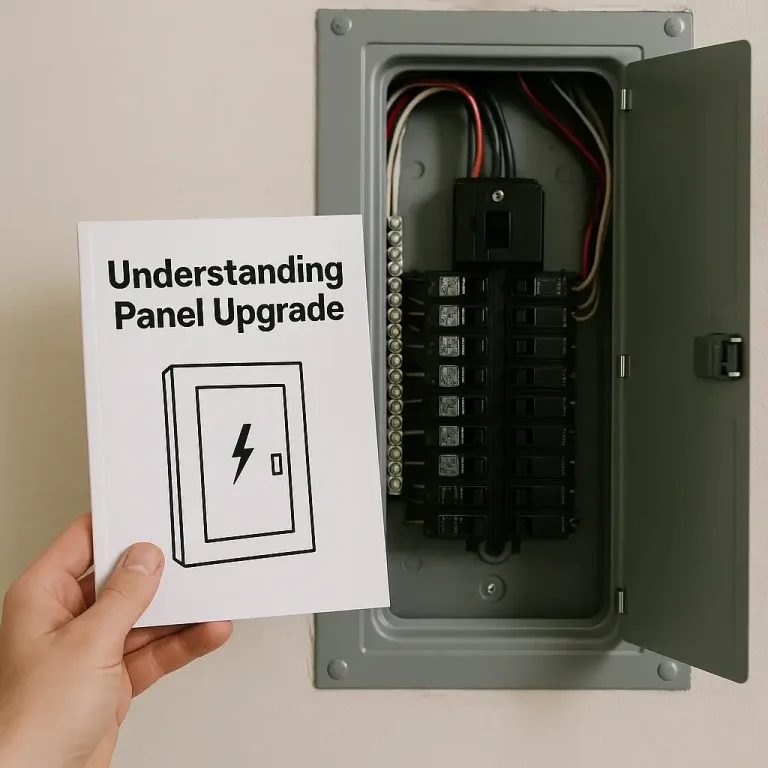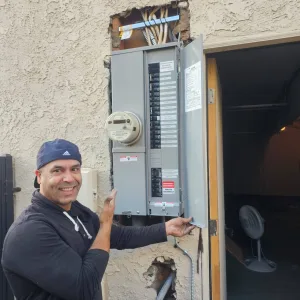


Panels shouldn’t be mysteries. If you’ve asked “what is an electrical panel upgrade?” or looked for Understanding the Basics of Residential Electrical Panel Upgrade, you’re already doing the smartest thing—getting clarity before spending money.
This guide explains what is panel upgrade, why homeowners choose it, and how to decide between repair, subpanel, or a full replacement. You’ll get Understanding Electrical Panel Upgrades equipment choices, safety/code basics, timelines, and decision checklists. If you’re comparing options or price factors for Panel Upgrade Cost in Los Angeles, this article helps you plan a safe, future-ready system with less stress.
Jump to Section
ToggleIf your panel is healthy but you need more circuits in one area (garage/ADU), a Sub-Panel Upgrade in Los Angeles can be smarter than changing the entire service.
Clear pricing, fast scheduling, and code-compliant installs with Farashi Electric.
Get My Panel Upgrade EstimateUnderstanding Panel Upgrade starts by ruling out cheaper, safe options:
Tip: If your load calculation shows you’re near or over capacity—or your panel has safety issues—go straight to upgrade planning.
Choosing Meter-Main Combo vs Main Breaker affects price, layout, and inspection speed.
Either path can be code-compliant; the right choice depends on space, local rules, and your future loads.
You asked for Understanding Electrical Panel Upgrades—here’s the step-by-step (simplified):
If you want the deep dive, see How to Do a Panel Upgrade for an expanded checklist.

Most straightforward residential upgrades are completed within a working day on the electrical side, followed by inspection/utility steps. If relocation or wall/finish work is included, add time. For planning expectations, see How Long Does a Panel Upgrade Take?
Safety & Code Notes

C-10 Licensed Electrician (CA Lic. #1102687) — 10+ years installing residential/commercial Electrical Services.
Replacement of your main service equipment to increase safety/capacity and meet current code.
Reduced nuisance trips, space for new circuits, higher allowable loads, and better compliance for insurance/home sale.
Not always. It depends on your load calc. Subpanel or smart load management may be enough.
Expect a planned outage during installation; we schedule around your routine and coordinate re-energizing after inspection.

We provide fast, code-compliant electrical service across Greater Los Angeles—including Westwood, Beverly Hills, Santa Monica, Burbank, Encino, Northridge, West Hollywood, Woodland Hills, Glendale, and nearby communities.
Homeowners choose Farashi Electric for clean, safe, on-time work and clear communication—permits when required, upfront pricing, and jobs that pass inspection the first time.
Farashi Electric is a licensed, bonded, and insured California C-10 electrical contractor (CSLB #1102687), so your project is protected and completed to California code.
©2025 Farashi Electric. All Rights Reserved.